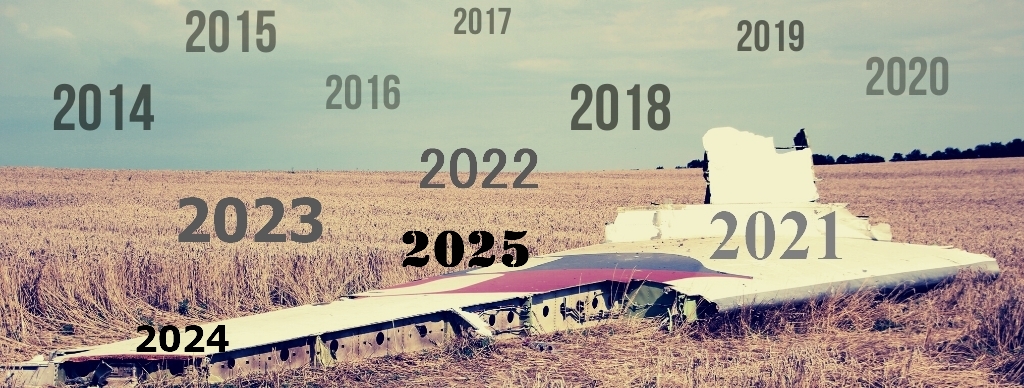Стр.116
Afghanistan 2001–present
Likelihood of attack indicators
A. Parties: | Conflict between non-state armed groups and state(s) or civil wars. |
B. Armed conflict scale and/or tensions: | Insurgency (small-scale military activities) and/or medium increasing |
C. Military air transport activities: | More than occasional use of aircraft to transport ground troops or military |
D. Military air combat activities: | Small-scale (occasional) military air combat activities and/or some activities |
E. Known attacks: | Conflict area with multiple reported security-related incident/accident |
F. Capability to attack by at least one party: | Air-to-air missiles launched from fighter aircraft (and no SAMs). |
G. Capability to differentiate between civil and | Differentiation supported by radar, electronic identification and noncooperative target recognition systems measuring signature using acoustic |
